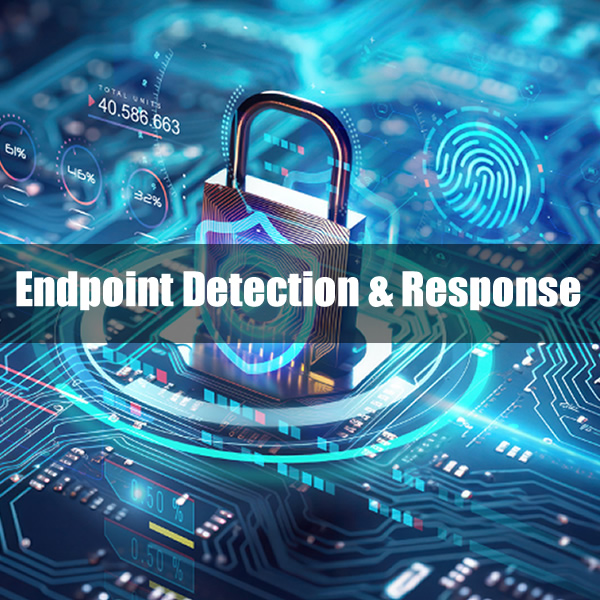Working 9 to 5 is no longer the only way to make a living, and for the foreseeable future, organizations parking most of their employees at a particular desk Monday through Friday is looking less and less likely. Working from home, at least as part of a hybrid organizational structure, is here to stay.
Whether working from home, in a hybrid situation, or back in that old familiar office chair, shadow IT exist as a problem, but working from home has several impacts on the number of apps and services used that are not part of the organization IT Stack.
What is Shadow IT?
Shadow IT is the use of information technology systems, devices, software, applications, and services without explicit IT department approval.
How working from home leads to Shadow IT?
Sometimes, it boils down to it just being easier or quicker to use one’s own personal device to access those work documents or organizational network. Private emails or popular file-sharing cloud services are also being employed, even though not approved by the organization when working with data they essentially, “own.”. This leaves employees having to seek out workarounds like using their own laptops, tablets, phones, or even their own personal emails to conduct their day-to-day business and to share files with colleagues and trading partners.
Its all about saving time, but at what cost?
The main reasons why Working from Home leads to Shadow IT
- Thinking more formal processes will slow productivity
- Familiarity with software already used personally
- Wanting to use software compatible with mobile devices
- Reluctance to switch from legacy applications
- Belief that approved applications or systems are harder to work with
Employees may be taking some additional IT risks while working from home and potentially out from under organizational eye. Other potential risks include:
- Compliance issues: When it comes time for an audit in a regulated industry, unapproved solutions or applications may not meet the strict compliance requirements.
- Inconsistent collaboration: Working from home makes easy collaboration a must. However, too many options make it hard to ensure files exchanged are consistent and only accessible to authorized individuals.
- Lack of visibility and control: Without the vetted technology in use, employees using shadow IT for their work from home run the risk of sending information to someone not authorized to access it, and organizations have a lack of visibility into where information lands and what happens to it once it does get to its destination.
- Wasted resources: IT has already invested in technology deemed secure for the organization. The ROI is diminished on this when employees turn instead to shadow IT solutions for the same purpose.
How to minimize this situation?
Having simple and fast ways to share information is one of the best practices in this case, also ensure to have your servers and network totally protected is a must. For example, Authority on Demand gives the right permissions instead of having super admins that could accidentally collapse, delete or move relevant documents. Also, you can manage permissions in a simple way and just turn them off when the project has finished. Having Multiple File Transfer Tools and using Multi Factor Authentication is also a great way to help organizations meet compliance standards and improve the existing security environment on IBM i. It requires a user to verify his or her identity with two or more credentials before gaining access to sensitive systems and data. These credentials include something the user knows (a password) plus something they have (a fob or mobile device) and/or something they are (a biometric characteristic).
In any case, the Shadow IT is something that usually can’t be controlled to a 0%, so the best way to deal with it is to stay protected and up to date.


